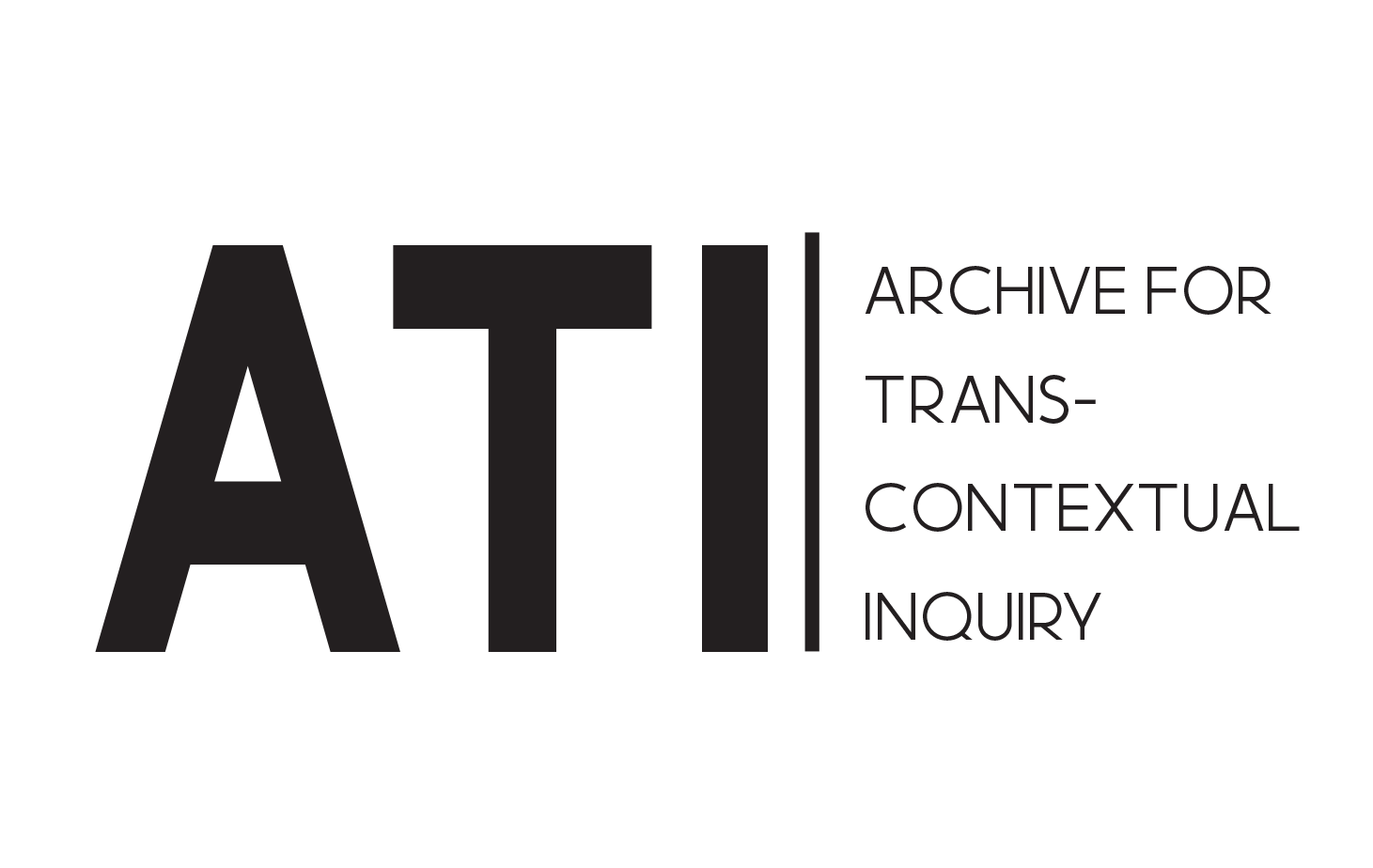
Curatorial Division . Internal Access . Seoul . Berlin
About the ATI InstituteThe Archive for Trans-Contextual Inquiry (ATI) is an independent research body operating between Seoul and Berlin.Formed through a cross-disciplinary alliance of theorists, curators, and researchers, ATI investigates:
• perceptual architectures
• symbolic systems
• cognitive disruption
• epistemic driftIts work challenges institutional boundaries and disciplinary constraints by engaging in what it calls “trans-contextual logic.” ATI operates both as an archive and a living inquiry cultivating new terrains of cognition, aesthetics, and time.
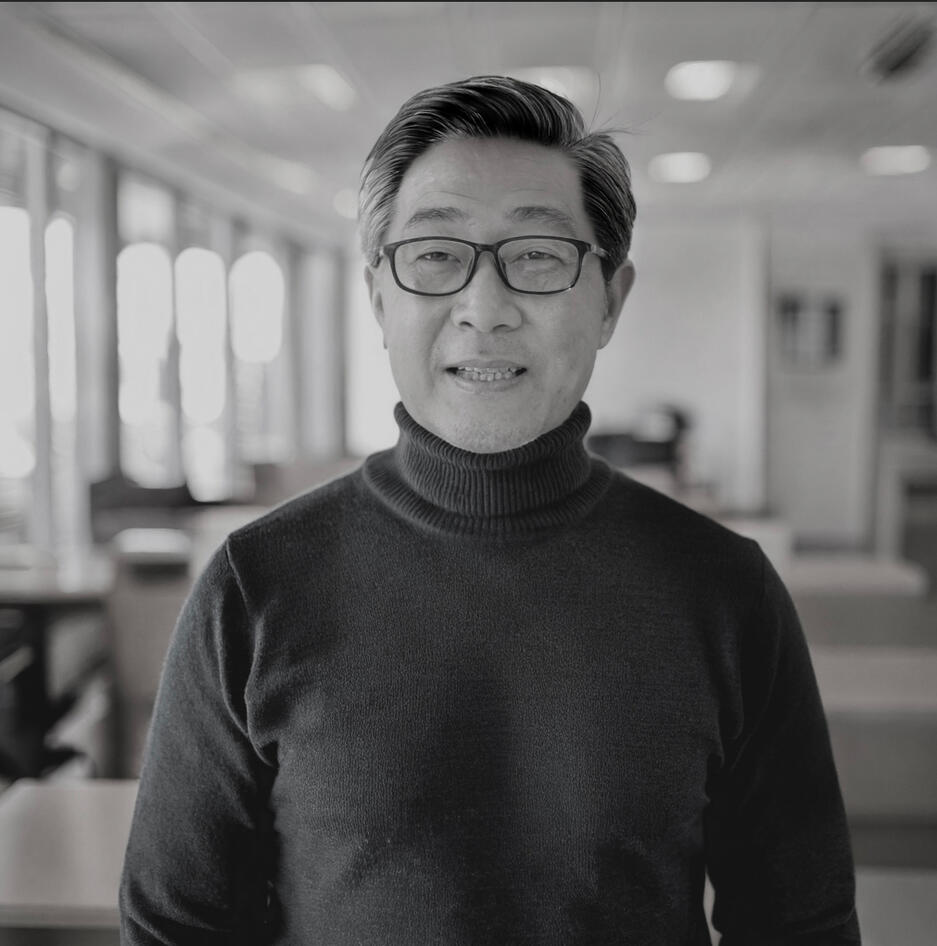
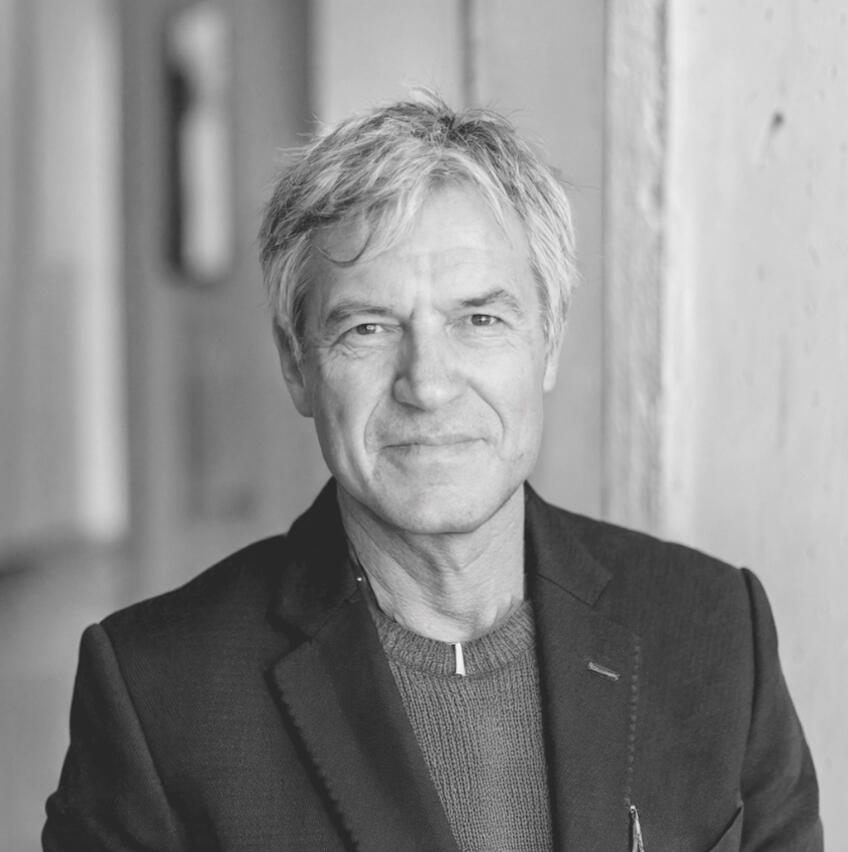
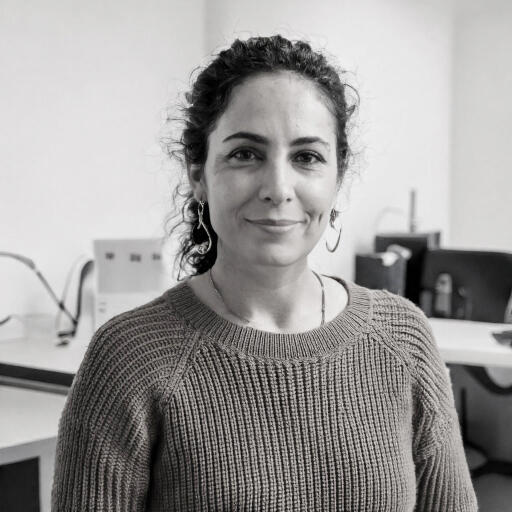
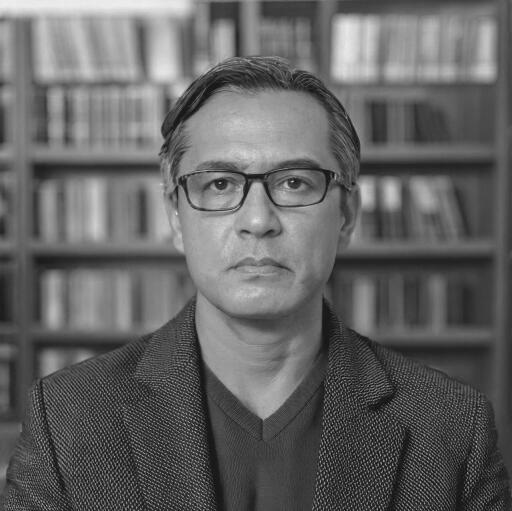
Mr. Dong-hyun Yoon
Curator & Theorist
Dr. Laurent Kaelin
Signal Theorist & Systems Architect
Dr. Thea Anastos
Neuroaesthetic Specialist
Dr. Emil Navarro
Temporal Aesthetician
Curator and theorist working across nonlinear aesthetics, perceptual disruption, and post-representational works. Yoon engages deeply with artists whose practices reconfigure attention and generate meaning outside conventional visual logic. His current research focuses on symbolic systems and conceptual abstraction.
Swiss researcher exploring signal theory, metaphysical modeling, and perceptual code systems. Kaelin’s work intersects epistemic architecture, language formation, and cross-dimensional logic structures. He designs theoretical models for emergent art movements and cognitive environments.
Greek-Lebanese neuroscientist focused on perceptual ambiguity, neuroplasticity, and aesthetic cognition. Anastos studies how immersive visual fields alter brain states and encode non-linear perception. Her practice bridges empirical neuroscience and experiential art.
Mexican theorist investigating time-based disjunctions in visual art, with emphasis on memory disruption, sequential ambiguity, and the aesthetic of suspension. Navarro’s research rethinks archival form and non-linear historicity as artistic methods. His methods inform new curatorial logics.
Epistemic Disruptions Across Fields
The Archive for Trans-Contextual Inquiry operates at the intersection of semiotics, archival theory, and infrastructural research.Current lines of investigation include:
– the transferability of meaning across institutional contexts
– the performativity of data and documentation
– and the epistemological implications of symbolic frameworks.Through inter-institutional collaborations, ATI examines how archives both shape and are shaped by cultural infrastructures.
Current Research Directions
ATI’s research initiatives are structured around three evolving strands:
1. Temporal Disjunctions and Archival Form – exploring how fragmented or non-linear temporalities affect the perception and utility of archival media.
2. Perceptual Architecture of Symbolic Systems – analyzing how symbolic infrastructures (language, design, metadata) structure cognitive and cultural legibility.
3. Cross-Contextual Resonance – tracing how artistic, scientific, and metaphysical frameworks co-produce meaning across distinct institutional, spatial, or historical fields.Each strand is approached through collaborative inquiry, theoretical modeling, and experimental documentation.
Cognitive Aesthetics & Form Emergence
How do forms emerge from perceptual thresholds? What defines an aesthetic signal across cognitive systems? ATI investigates the relationship between mental patterning and spatial phenomena exploring how beauty, structure, and attention arise in interaction with ambiguity, complexity, and information density. Our research spans generative patterning, emergence theory, signal detection, and material expressivity as it relates to attention, learning, and memory. The institute is especially interested in how visual language whether traditional or computational can function as an epistemic tool, not just a communicative one.
Rather than resolving ambiguity, ATI is drawn to its generative potential. We view perceptual uncertainty not as an obstacle but as a site of expanded cognition where meaning arises through participation, not prescription. By examining how the brain negotiates tension between chaos and structure, we aim to understand how aesthetic encounters contribute to cognitive adaptability. This includes ongoing investigations into threshold perception, neuroplasticity, and the affective dimensions of abstract visual systems.
Atmospheres of Knowing
ATI’s approach is grounded in the belief that artistic forms and spatial configurations are not only aesthetic expressions, but operational modelstransmitting encoded philosophies about time, worth, identity, and scale. From glyph systems to architectural pattern languages, our research treats aesthetics as a form of cognitive infrastructure.
ATI remains committed to investigating the invisible architectures shaping human perception and interaction. As our inquiries evolve, we continue to ask: What lies beyond representation? What structures cognition before thought? Through expanded sensory research and nonlinear epistemologies, ATI invites collaborators to dwell in the fertile terrain where art becomes inquiry, and inquiry becomes atmosphere.
© Untitled. All rights reserved.